Nestled in the heart of New England, the history of Lancaster, Massachusetts, is a captivating tale of resilience, community, and transformation.
From its humble beginnings in the 17th century to its vibrant present-day identity, this historical narrative delves deep into the pivotal moments, influential figures, and cultural milestones that have shaped the town’s trajectory over the centuries.
Founded in 1653, Lancaster boasts a storied past intricately intertwined with the broader narrative of American history.
From its early days as a colonial outpost to its pivotal role in the Revolutionary War, Lancaster has witnessed significant events that have left an indelible mark on its landscape and collective memory.
Join us as we uncover the layers of history that define Lancaster, from its indigenous roots to its emergence as a thriving modern community. Through diligent research and compelling storytelling, we invite you to journey through time.
History of Lancaster, Massachusetts
Lancaster, Massachusetts, has weathered numerous challenges and transformations throughout its storied history, yet its spirit of resilience and community endures. Here are the details:
Early Settlement and Indigenous Roots
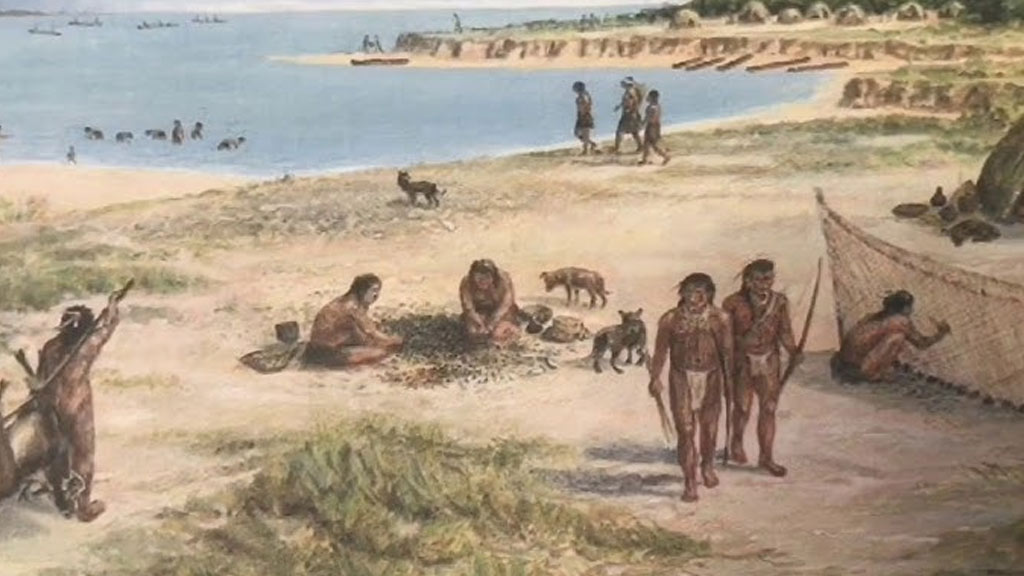
Lancaster, Massachusetts, traces its origins back to the early 17th century when it was inhabited by indigenous peoples, primarily the Nashaway tribe of the Nipmuc Indians.
The area’s fertile lands and abundant resources attracted European settlers, leading to the establishment of Lancaster in 1653.
Colonial Expansion, Founding and Early Development
Incorporated as a town in 1653, Lancaster quickly became a thriving agricultural community, with settlers cultivating corn, wheat, and livestock crops.
The town’s strategic location along the Nashua River facilitated trade and commerce, contributing to its rapid growth.
Challenges and Conflict
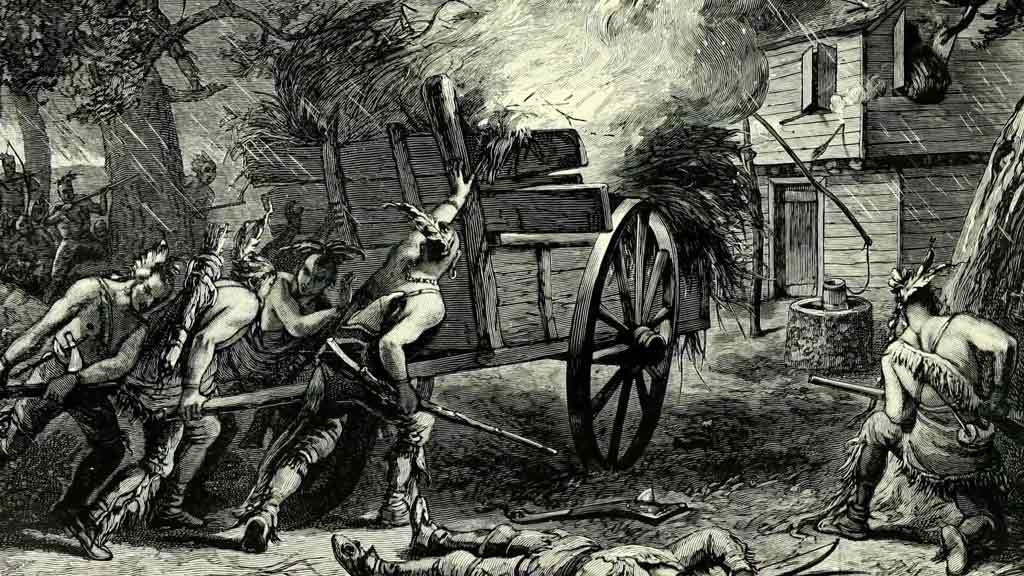
Lancaster faced numerous challenges during its early years, including conflicts with indigenous tribes and periodic raids during King Philip’s War in 1675.
Despite these hardships, the town persevered, with residents banding together to defend their homes and rebuild in the war’s aftermath.
Revolutionary War Era
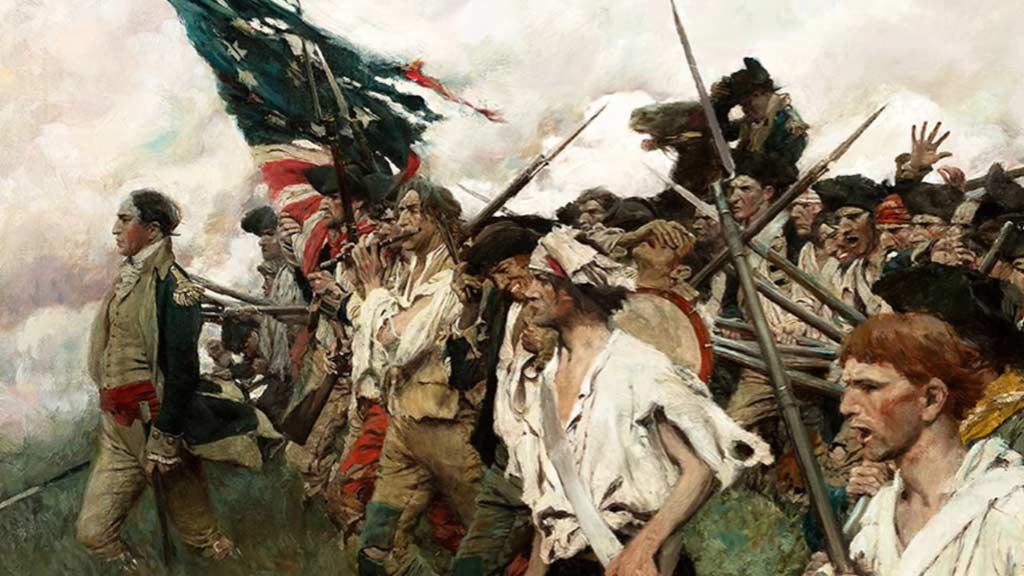
During the Revolutionary War, Lancaster played a significant role in the fight for American independence. The town’s residents were staunch supporters of the patriot cause, contributing soldiers, supplies, and resources to the Continental Army.
Battle of Lexington and Concord
Lancaster’s proximity to Lexington and Concord made it a crucial waypoint for colonial militias during the early stages of the war.
In April 1775, local militia members marched from Lancaster to join the battles of Lexington and Concord, marking the beginning of the American Revolution.
Textile Mills and Industrial Growth
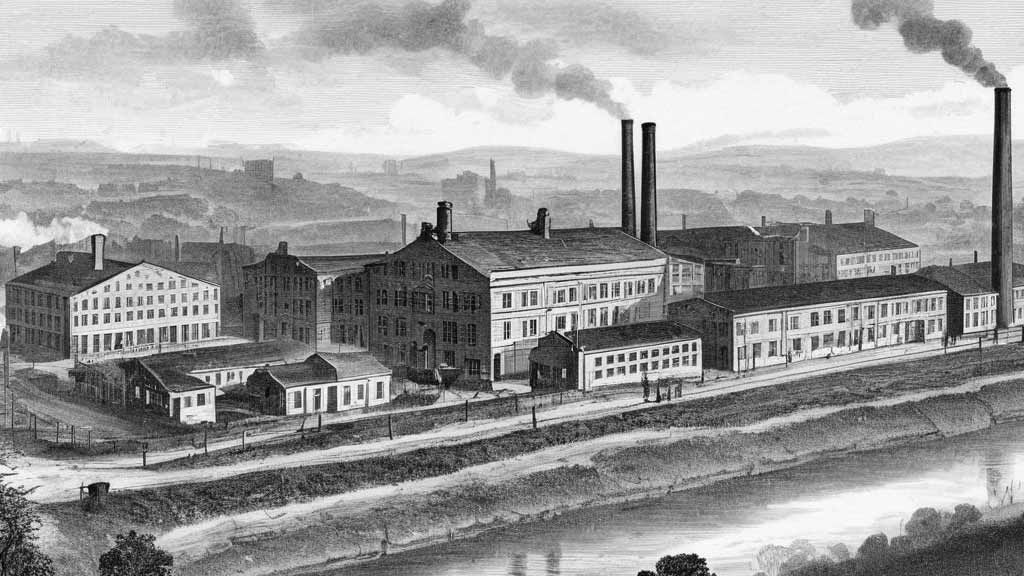
In the 19th century, Lancaster experienced a period of rapid industrialization driven by the establishment of textile mills along the Nashua River.
The availability of water power and skilled labor attracted entrepreneurs, leading to a thriving manufacturing sector.
Immigration and Cultural Diversity
As Lancaster’s economy boomed, the town saw an influx of immigrants from various backgrounds, including Irish, Italian, and French Canadian workers seeking employment in the mills.
This influx of diverse cultures enriched Lancaster’s social fabric and contributed to its vibrant community life.
Modernization and Urbanization in the 20th Century
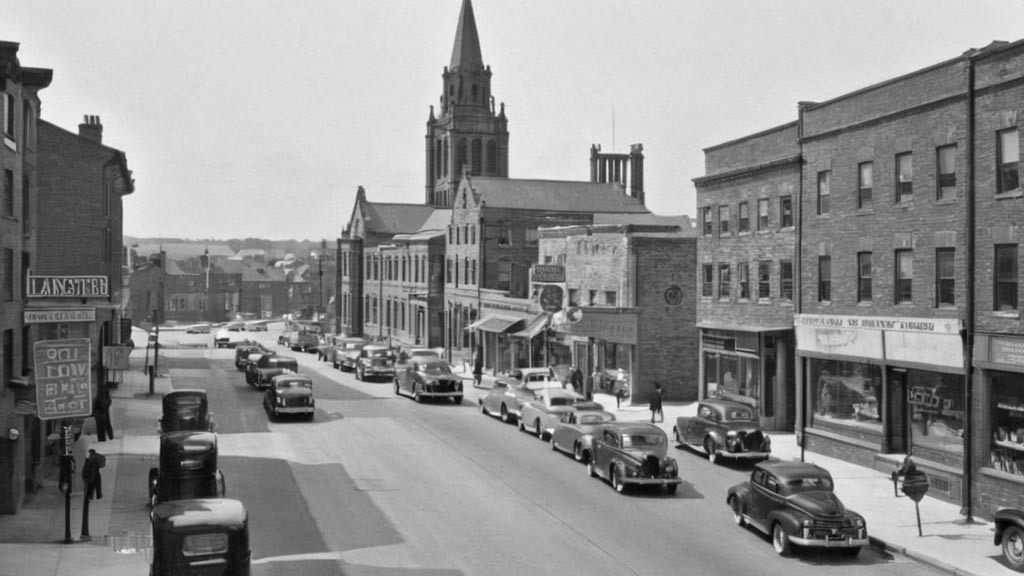
In the 20th century, Lancaster changed significantly as it transitioned from a rural community to a suburban town.
The construction of highways and improved transportation infrastructure facilitated urbanization, while the decline of the textile industry led to economic restructuring.
Preservation and Heritage
Despite these changes, Lancaster has retained its historic charm and rural character, with many colonial-era buildings and landmarks preserved for future generations.
Efforts to promote heritage tourism and preserve local history continue to thrive, ensuring that Lancaster’s past remains alive and accessible to all.
What Are the Main Historic Tourist Attraction Sites of Lancaster, Massachusetts?
Whether you’re a history buff, a nature enthusiast, or simply curious about the past, Lancaster offers something for everyone.
Join us on a journey through time as we uncover this charming New England town’s fascinating tales and hidden treasures.
Mary Rowlandson House
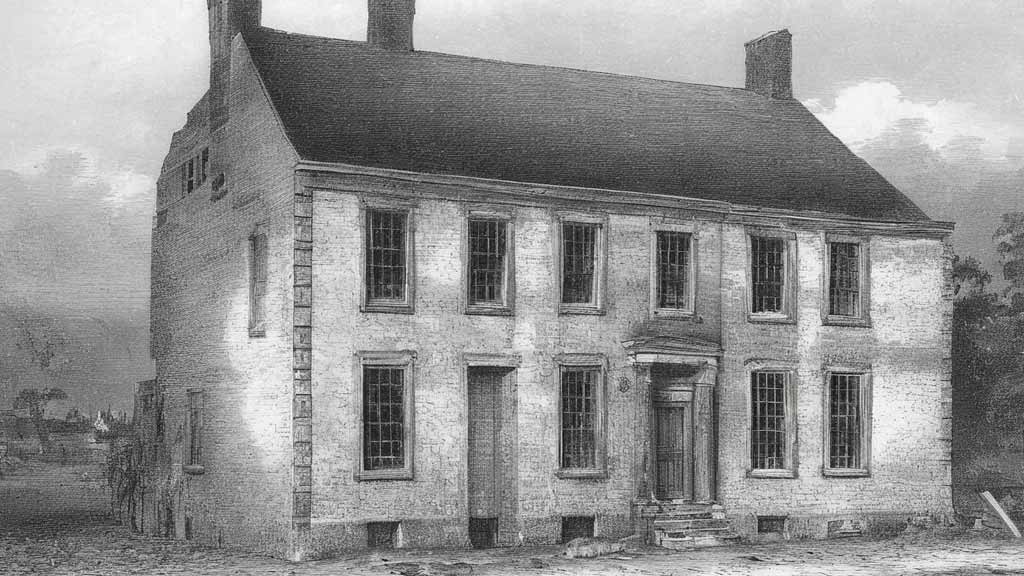
The Mary Rowlandson House, located on Old Common Road, is a historic landmark associated with one of the most famous captivity narratives of colonial America.
Mary Rowlandson, a colonial Englishwoman, was captured by Native Americans during King Philip’s War in 1676 and held captive for several months.
Her harrowing account, published as “The Sovereignty and Goodness of God,” provides valuable insight into the colonial-Indigenous conflicts of the time.
Visitors to the Mary Rowlandson House can explore the restored 17th-century homestead and learn about Rowlandson’s experiences and the broader historical context of the period.
Lancaster Mills Complex
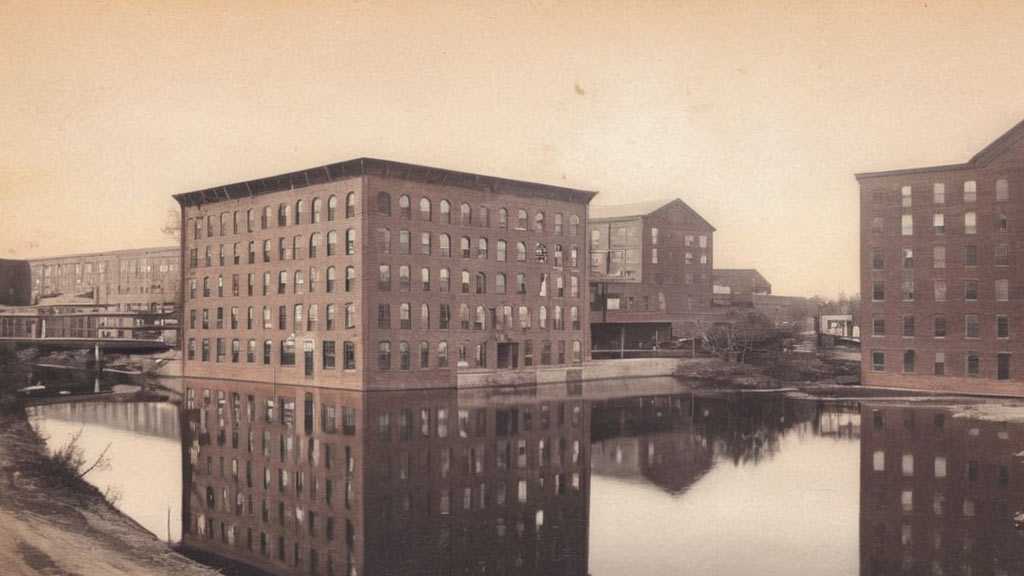
The Lancaster Mills Complex, situated along the Nashua River, is a collection of historic textile mill buildings dating back to the 19th century.
These mills were pivotal in Lancaster’s industrialization and economic growth, producing textiles such as cotton and woolen goods. Today, the renovated mill buildings house a mix of residential lofts, commercial spaces, and artisan studios.
Visitors can take guided tours of the complex to learn about Lancaster’s industrial heritage and the innovative technologies that powered the textile industry during the 19th and early 20th centuries.
Lancaster Historical Society Museum

The Lancaster Historical Society Museum, located in the heart of downtown, offers visitors a comprehensive overview of the town’s rich history and cultural heritage.
Housed in a beautifully preserved historic building, the museum features exhibits showcasing artifacts, photographs, and documents related to Lancaster’s colonial origins, Revolutionary War-era significance, and industrial development.
Highlights include displays on local industry, agriculture, and the lives of prominent historical figures.
The museum also hosts educational programs, lectures, and special events throughout the year, making it a valuable resource for residents and visitors interested in exploring Lancaster’s past.
Thayer Memorial Library
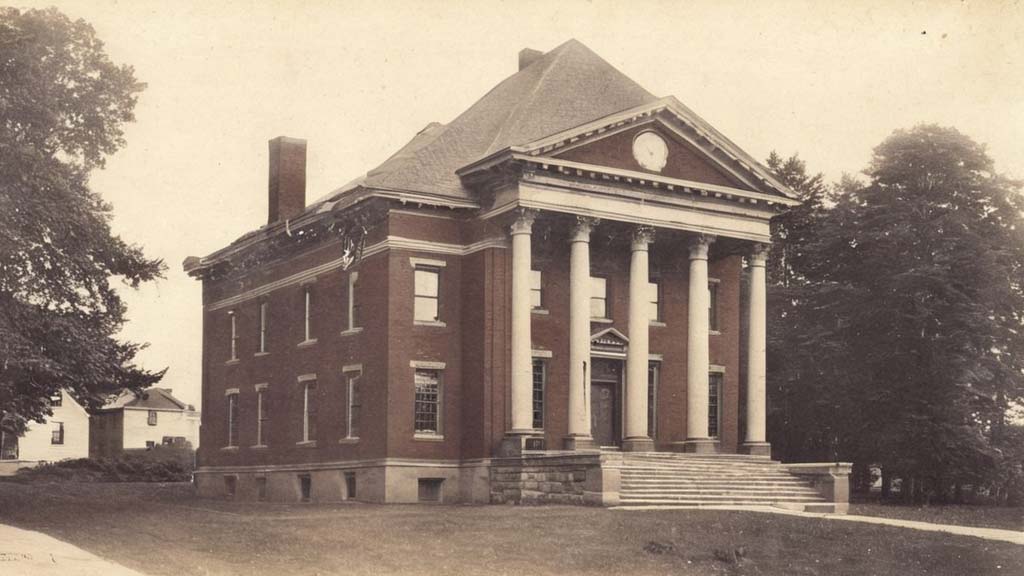
The Thayer Memorial Library, named in honor of Lancaster native and philanthropist John Eliot Thayer, is a beloved community institution with deep historical roots.
The library’s original building, constructed in 1868, was generously donated by the Thayer family and served as Lancaster’s first public library.
Over the years, the library has expanded its collections and services to meet the community’s evolving needs. Today, visitors can explore the library’s extensive archives, which include rare books, manuscripts, and local history resources.
The library also hosts cultural events, author readings, and educational programs, making it a vibrant hub of intellectual and artistic activity in Lancaster.
Dexter Drumlin
Dexter Drumlin, located on George Hill Road, is a scenic natural landmark with archaeological significance. This glacial drumlin formed thousands of years ago during the last Ice Age, offers panoramic views of the surrounding landscape and the Nashua River Valley.
Archaeological excavations conducted on Dexter Drumlin have revealed evidence of Native American habitation dating back thousands of years, including stone tools and pottery fragments.
Today, the site is open and offers hiking trails, picnic areas, and interpretive signage highlighting its geological and cultural significance.
Dexter Drumlin allows visitors to connect with Lancaster’s pre-colonial past and appreciate the natural beauty of the region.
First Church of Christ Unitarian
The First Church of Christ Unitarian, located in the historic town Ordinary, is a focal point of religious and architectural significance in Lancaster.
Founded in 1643, the church is one of the oldest congregations in Massachusetts and has played a central role in the community’s spiritual and cultural life for centuries.
The church building, constructed in the Greek Revival style in 1816, features elegant columns, a steeple, and beautiful stained glass windows.
Lancaster Town Green
The Lancaster Town Green, nestled in the heart of downtown, is a picturesque public space steeped in history and community tradition.
Originally established as a common grazing area for livestock in the 17th century, the town green has evolved into a vibrant gathering place for residents and visitors alike.
Surrounded by historic buildings, including the First Church of Christ Unitarian and the Thayer Memorial Library, the green is a backdrop for community events, farmers markets, and outdoor concerts throughout the year.
FAQs
When was Lancaster, Massachusetts, founded?
Lancaster, Massachusetts, was founded in 1653, making it one of the oldest towns in the United States.
What is the significance of Mary Rowlandson to Lancaster’s history?
Mary Rowlandson, a colonial Englishwoman, was captured by Native Americans during King Philip’s War in 1676. Her captivity narrative, “The Sovereignty and Goodness of God,” provides insight into Lancaster’s colonial-era conflicts.
What role did Lancaster play in the American Revolutionary War?
Lancaster was a staunch supporter of the patriot cause during the Revolutionary War. Local militia members marched from Lancaster to join the battles of Lexington and Concord in April 1775.
What industries were prominent in Lancaster’s history?
Lancaster’s history is closely tied to the textile industry, with textile mills along the Nashua River driving the town’s industrialization in the 19th century. Agriculture, particularly farming, was also a significant economic activity.
What are some famous tourist attractions in Lancaster, Massachusetts?
Famous tourist attractions in Lancaster include the Mary Rowlandson House, Lancaster Mills Complex, First Church of Christ Unitarian, Lancaster Historical Society Museum, and the scenic Lancaster Town Green.
Conclusion
The history of Lancaster, Massachusetts, serves as a testament to the enduring spirit of its inhabitants and the resilience of community bonds.
From its early settlement by European colonists to its role in shaping the fabric of American democracy, Lancaster’s story is one of triumph over adversity and adaptation to change.
As we reflect on the trials and triumphs of centuries past, we recognize the invaluable lessons embedded within Lancaster’s historical tapestry—lessons of perseverance, cooperation, and the enduring quest for justice and equality.
Moving forward, let us continue to honor and preserve the legacy of Lancaster’s past, ensuring that future generations inherit the tangible relics of history and the intangible values that have sustained this community through generations.
As Lancaster continues to evolve, may its history serve as a guiding light, inspiring us to forge a future grounded in the enduring principles of unity, progress, and compassion.
Jaclyn Lowe